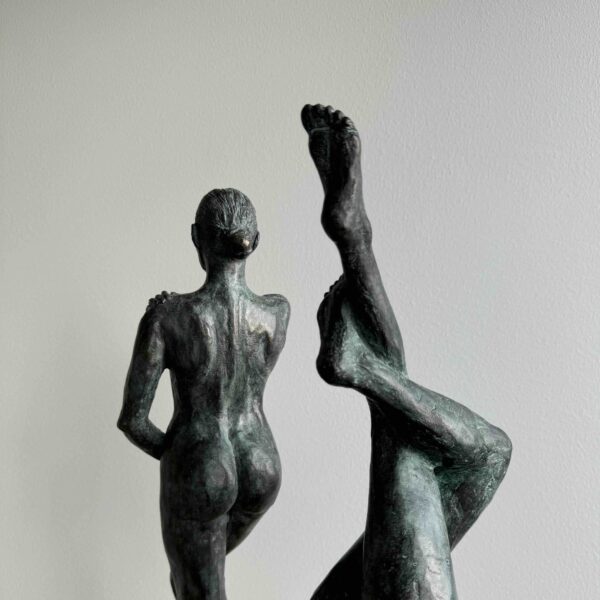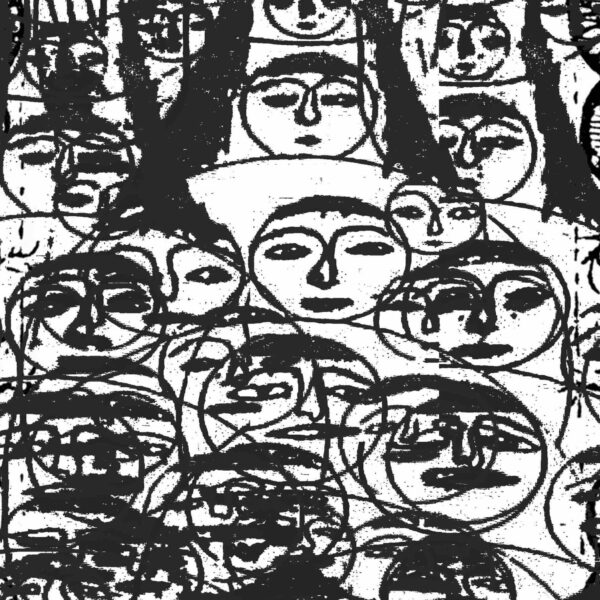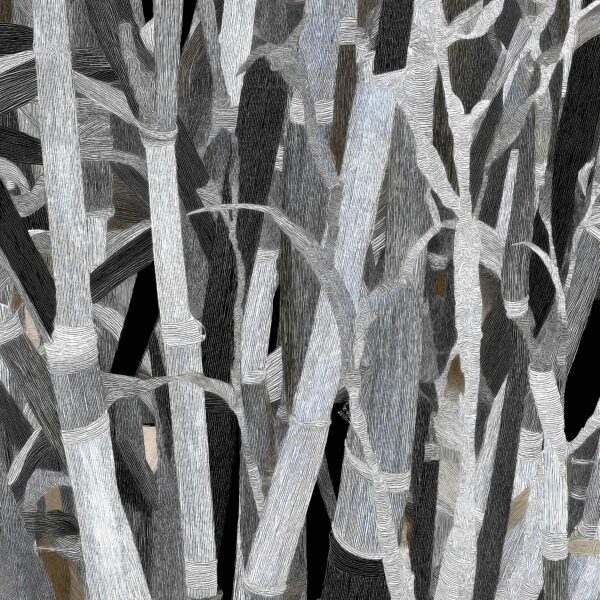Emily Xie: Crafting Digital Materiality and Heritage through Generative Art
Emily Xie’s artistic practice occupies a unique position at the intersection of computation and materiality, where generative systems give rise to works that feel tactile and rooted in tradition despite their digital origins. Her oeuvre is a profound exploration of hybridity, memory, and transformation, navigating tensions between chance and control, abstraction and figuration, and the historical and the contemporary. Through works like Scrapspine, Synthetic Dialogue, Crescent Blue, and Concentric Drawing, Xie demonstrates her ability to merge the structural precision of algorithms with the evocative sensibilities of human expression. Her art engages deeply with art historical movements while presenting a distinctly post-digital aesthetic, one that reimagines heritage and craft for the computational age.
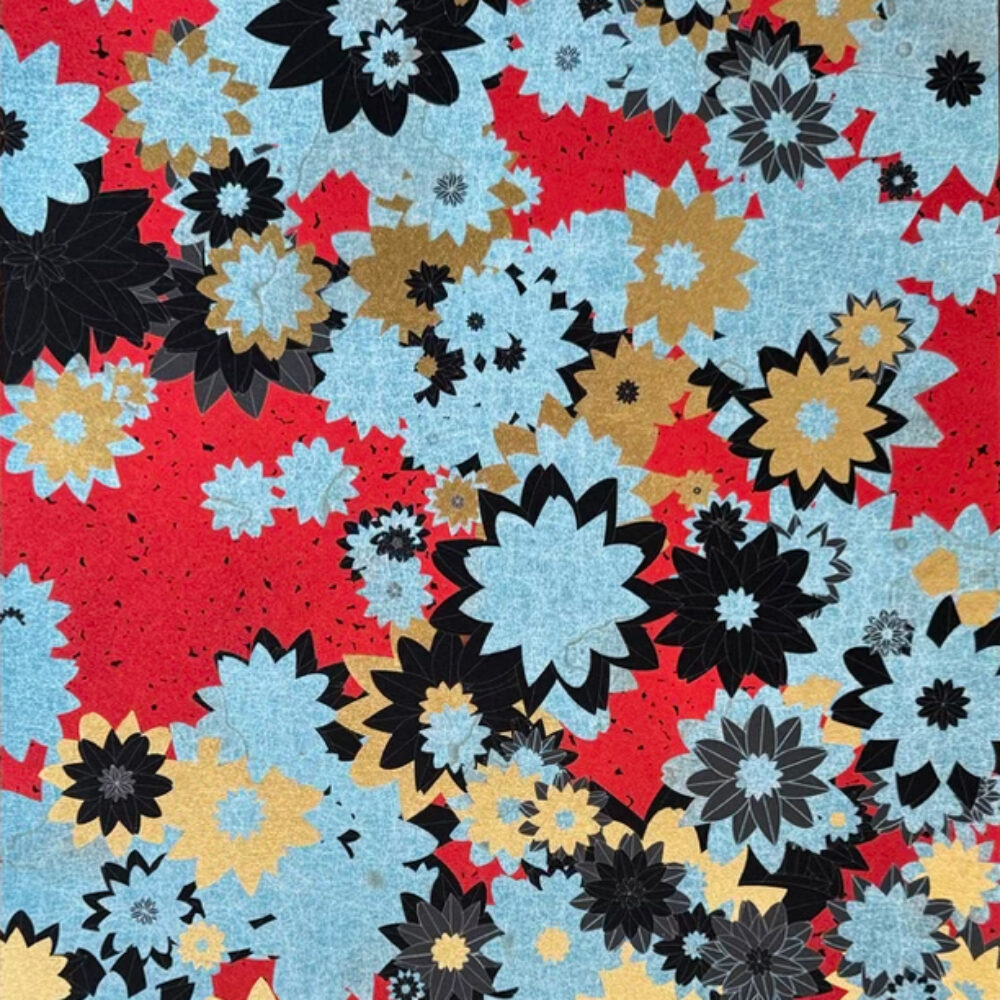
Scrapspine: Oscillating Between Abstraction and Tangibility
Scrapspine exemplifies Xie’s approach to blending generative techniques with cultural references, creating an intricate visual narrative that oscillates between familiarity and abstraction. The work’s ambiguous forms and layered textures evoke textile traditions while incorporating glitch techniques that disrupt and animate the static composition. This dynamic interplay situates Scrapspine within a lineage of Surrealist collage, recalling the fragmented yet cohesive assemblages of Max Ernst. Like Ernst’s works, Scrapspine invites viewers to construct their own narratives, allowing the forms to exist simultaneously as abstract shapes and evocative symbols.
Historically, Xie’s integration of material textures within a digital framework aligns her with the Bauhaus tradition of uniting art and technology. Anni Albers, in particular, explored the tactile qualities of textiles through geometric abstraction, and Xie channels this sensibility through her algorithmically generated textures. By bridging tactile materiality with computational precision, Xie reimagines the function of traditional crafts in a digital context, underscoring her thematic exploration of transformation and rootedness.
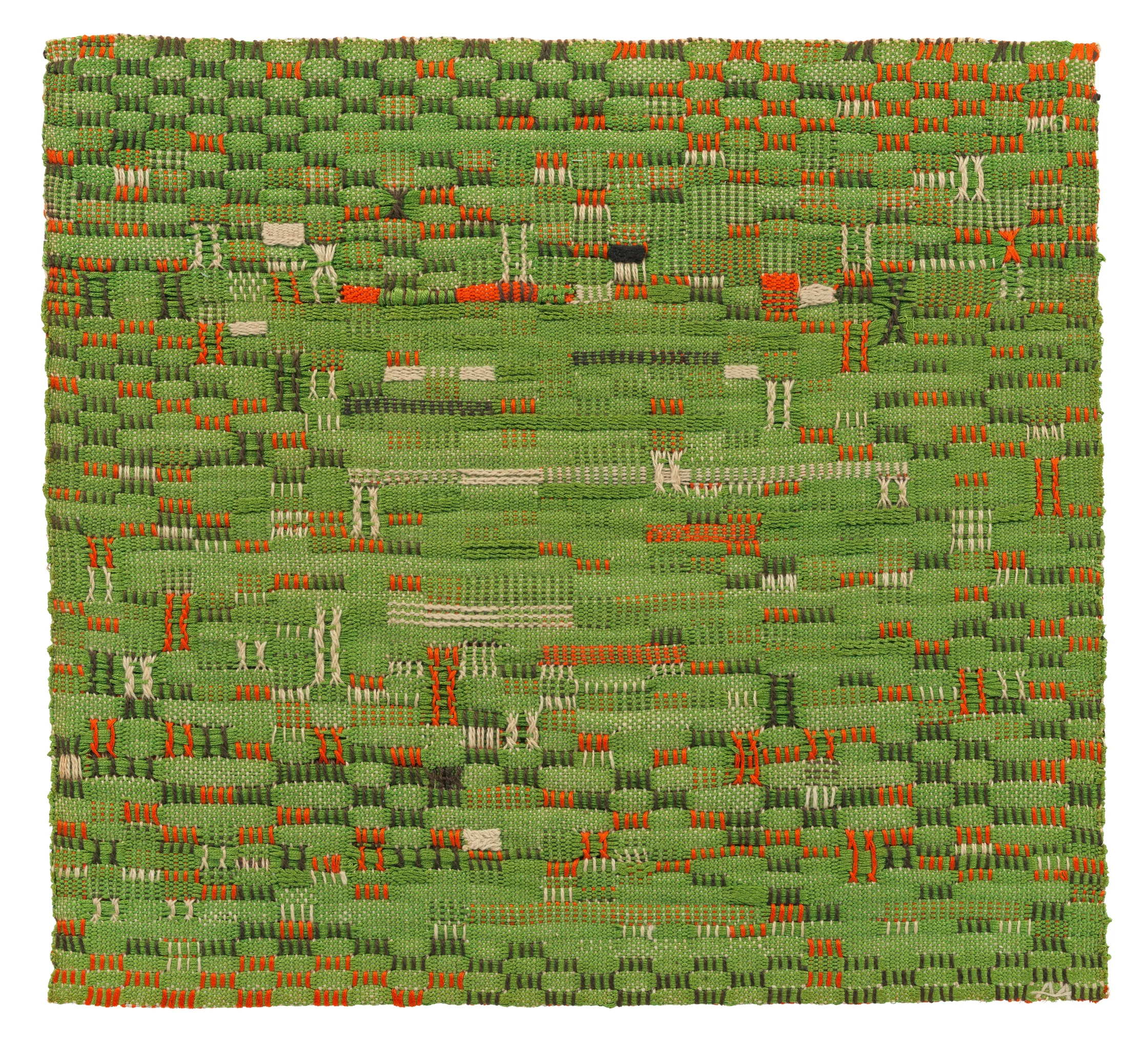
Synthetic Dialogue: A Contemporary Collage of Analog and Digital
In Synthetic Dialogue, Xie synthesizes AI-synthesized assets with generative art techniques to create a work that oscillates between digital abstraction and analog tactility. The bold color palette and fragmented composition evoke early 20th-century abstraction, particularly the rhythmic forms of Sonia Delaunay and the spiritual geometry of Wassily Kandinsky. However, where these pioneers worked with physical paint and canvas, Xie employs algorithmically produced textures and digital collage, recontextualizing their experiments for the computational era.
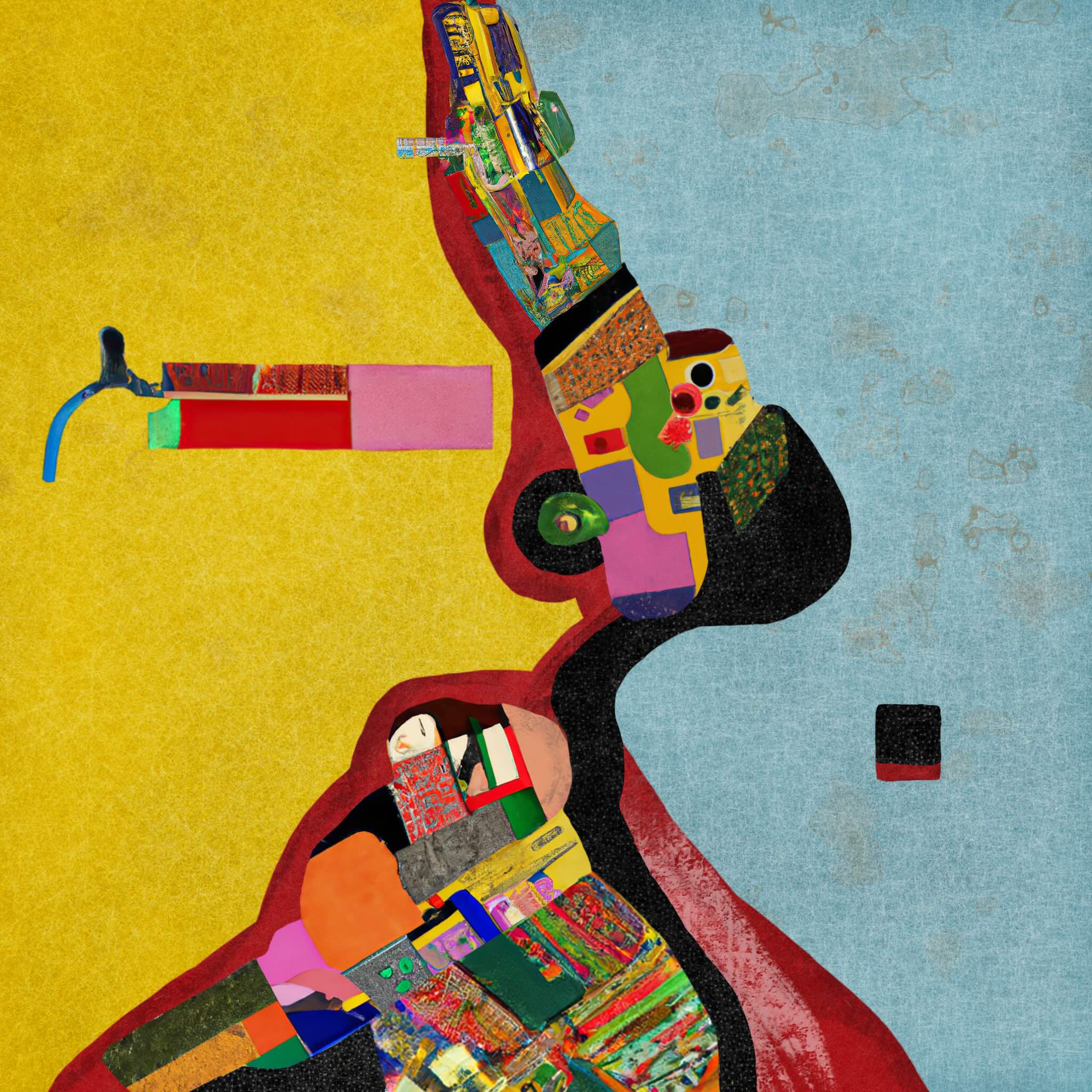
The work’s vibrant contrasts and layered patterns also echo Kurt Schwitters’ Merz collages, which integrated disparate materials into cohesive compositions. In Xie’s case, these “materials” are algorithmically produced, emphasizing the evolving nature of collage as a medium. By juxtaposing glitch-infused neon elements with paper-like textures, Xie creates a dialogue between analog traditions and digital innovation, exploring how craft and computation can coexist and inform one another.
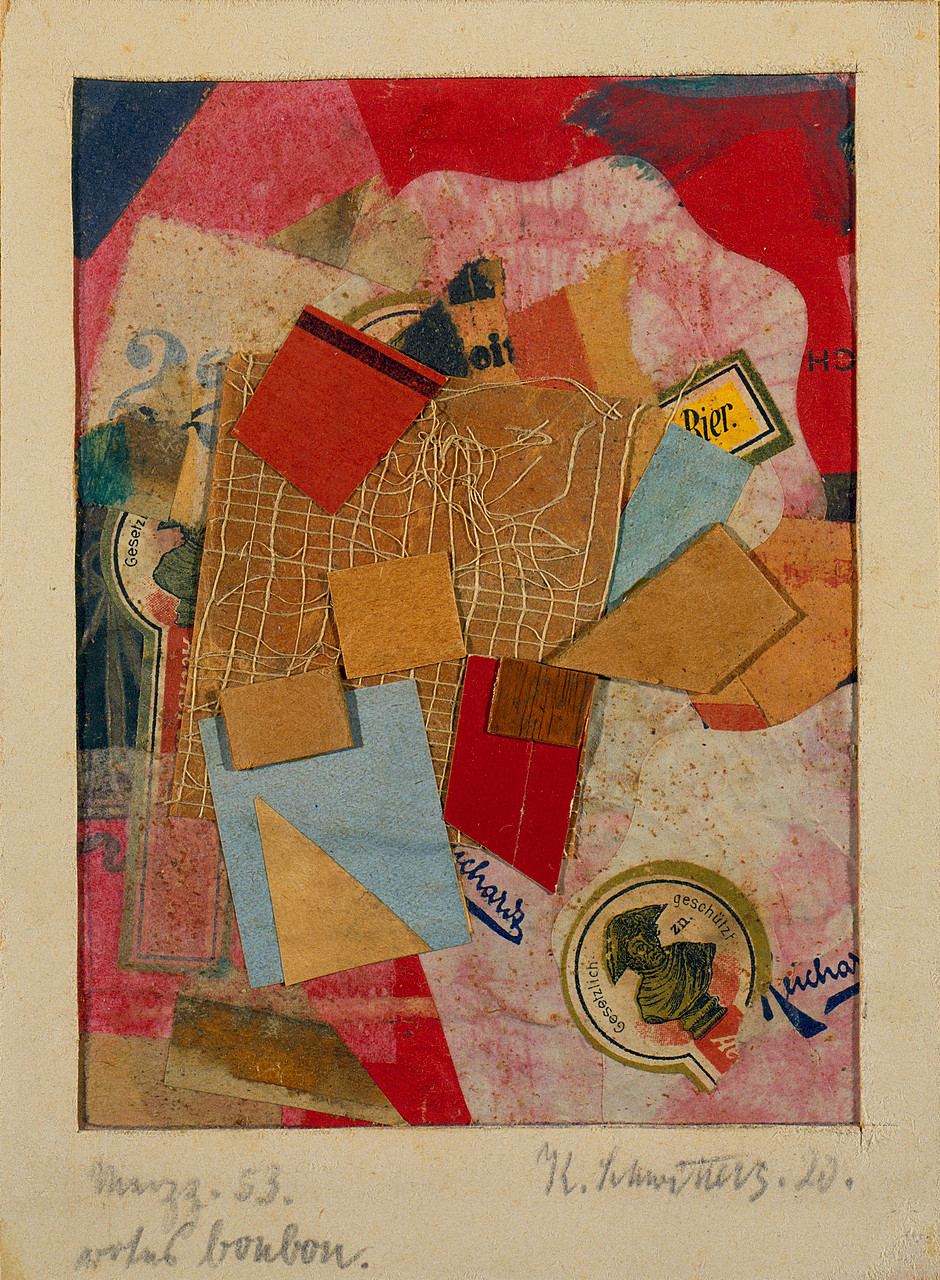
Crescent Blue: Ornamental Abstraction in the Digital Age
With Crescent Blue, Xie delves deeper into the interplay between ornamentation and abstraction, presenting a work that recalls the intricate patterns of Rajasthani art and the bold forms of Henri Matisse’s cutouts. The piece’s curved, flowing shapes suggest a meditative rhythm, while the stark contrast of blue and white imbues the composition with both clarity and depth.
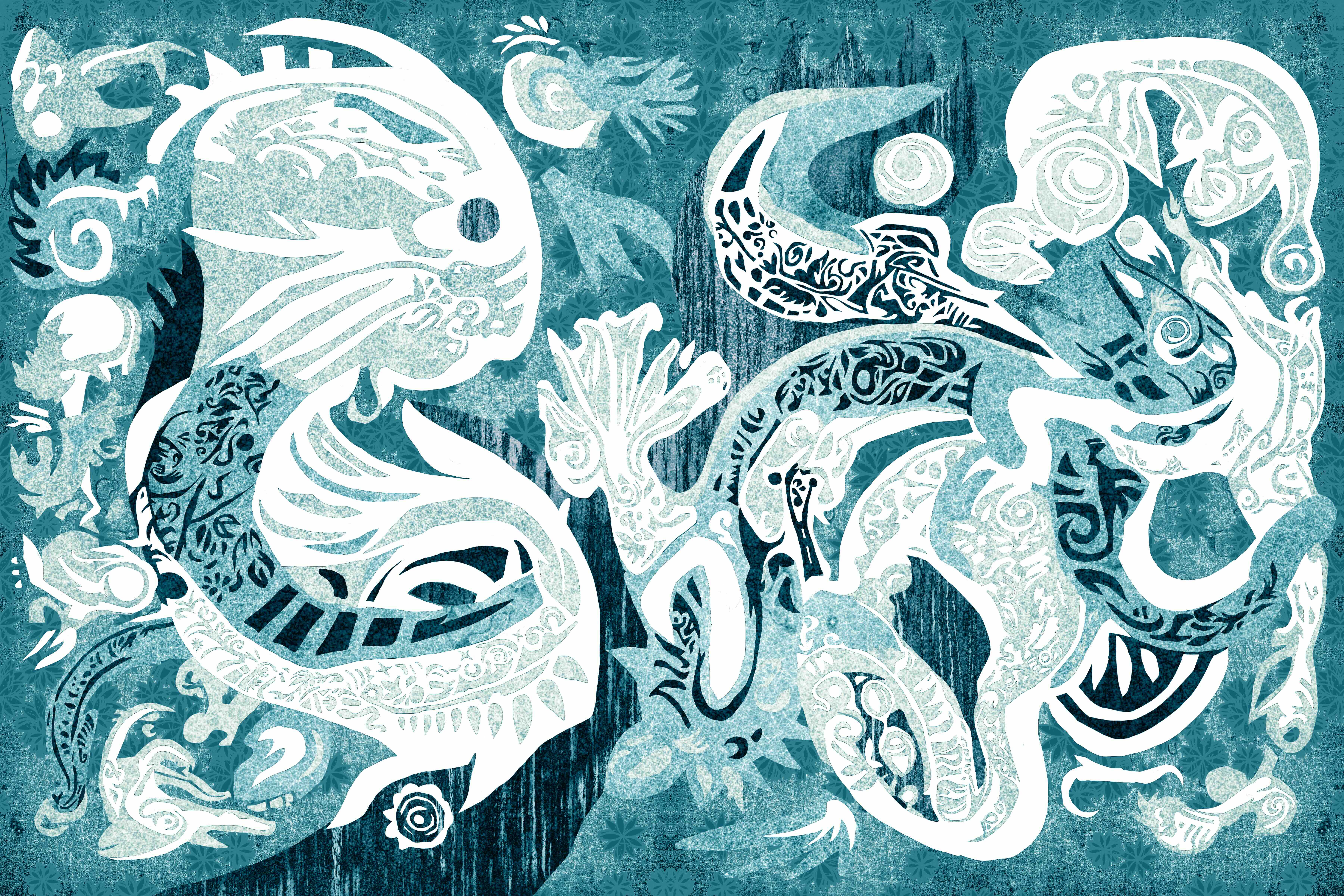
The decorative intricacy of Crescent Blue situates it within a broader dialogue about the role of ornament in art. Historically, ornamentation has been central to Rajasthani art, where geometric and floral patterns are used to convey a sense of infinity. Xie’s algorithmically generated patterns echo this tradition, translating its aesthetic principles into a computational language. Additionally, the work’s bold forms and layered textures align with Matisse’s late-career experiments in cut-paper collage, particularly his exploration of organic abstraction. By merging these historical references with digital tools, Xie underscores the timelessness of ornamental design while asserting its relevance in contemporary art.
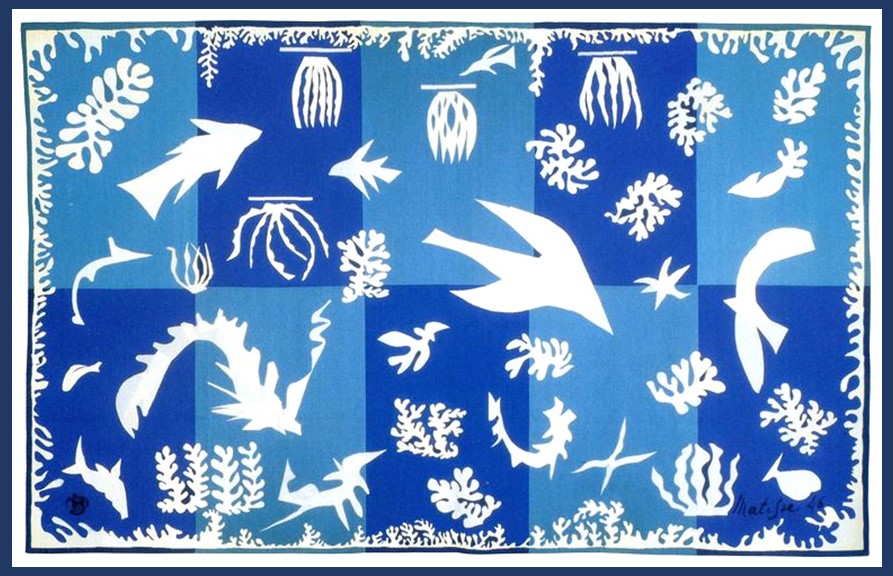
Concentric Drawing: Honoring Generative Art’s Pioneers
Concentric Drawing stands as a tribute to Herbert W. Franke, a pioneer of generative art whose work with algebraic line drawings laid the foundation for contemporary computational aesthetics. Xie’s use of p5.js to create this radial, starburst-like composition mirrors Franke’s reliance on mathematical principles, emphasizing the algorithm as both a creative and structural tool.
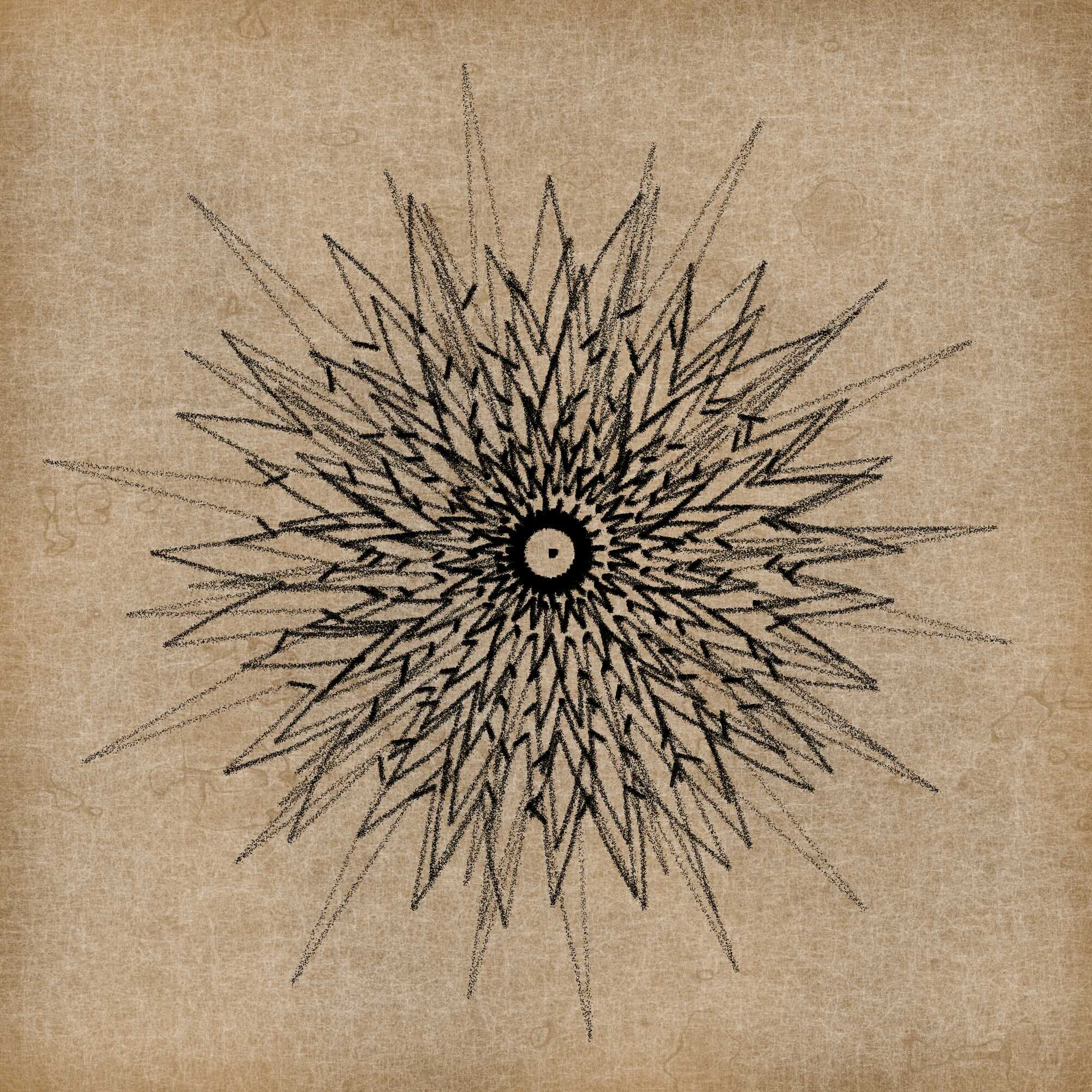
The monochromatic simplicity and geometric precision of Concentric Drawing also evoke the visual language of Op Art, particularly the optical rhythms of Bridget Riley and Victor Vasarely. However, where Op Art was primarily concerned with perceptual effects, Xie’s work emphasizes the underlying process, highlighting the algorithm’s capacity to generate beauty through logic. The parchment-like background adds an analog sensibility to the digital composition, echoing the tactile qualities of Franke’s early plotted drawings while grounding the work in a timeless aesthetic.

Bridging Heritage and Innovation
Across her body of work, Xie masterfully bridges the historical and the contemporary, the tactile and the digital. Her art engages with a wide range of influences, from the Bauhaus and Surrealism to Rajasthani ornamentation and generative art pioneers. Yet, what makes Xie’s practice particularly compelling is her ability to synthesize these references into a cohesive, forward-looking vision. By employing generative algorithms to evoke materiality, she challenges conventional perceptions of digital art as disembodied or sterile, instead presenting it as a medium capable of conveying depth, intimacy, and heritage.
In a time when technology is often seen as a force of disconnection, Xie’s work offers a counter-narrative. Her art demonstrates how computational tools can be used to preserve and reinterpret cultural traditions, creating works that are both deeply personal and universally resonant. Through her innovative approach, Emily Xie redefines the boundaries of generative art, proving that the digital and the material, the historical and the modern, are not opposites but rather complementary forces in the creation of meaning.
